The spring in Hangzhou is particularly short, lasting roughly a month after the Spring Equinox.
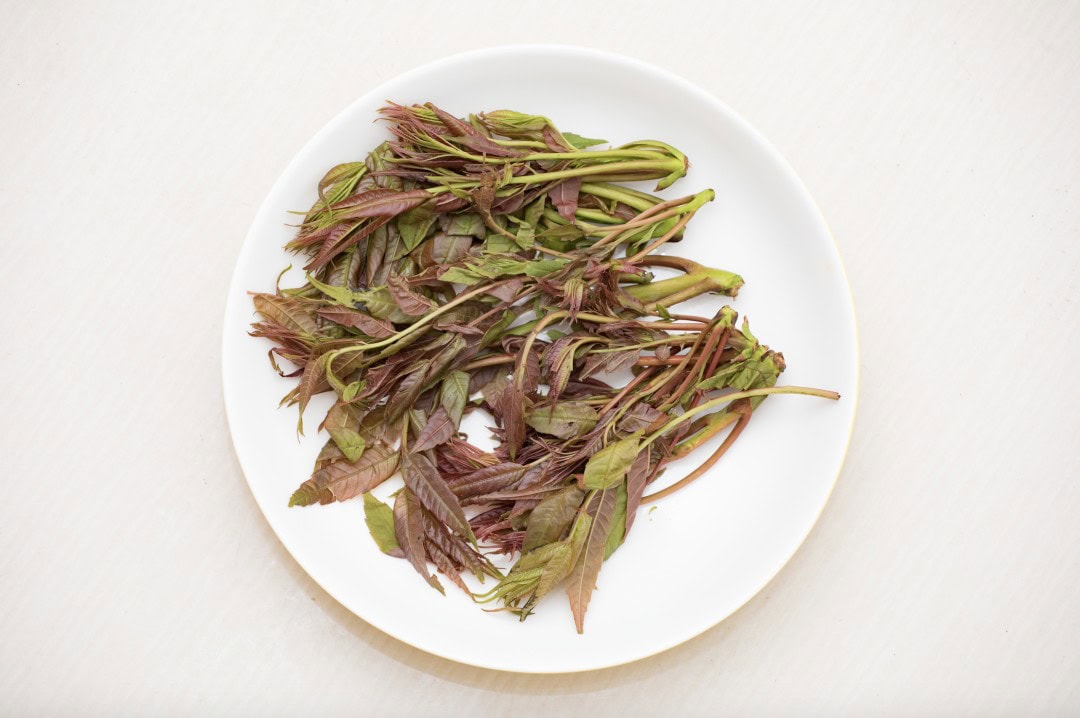
After the Spring Equinox, the willows by the riverbanks turn green, birds fly and grass grows, peach blossoms and willows along the Su Causeway become vibrant, and tulips and cherry blossoms in Taiziwan compete for attention. Longjing Village is bustling with tea pickers.
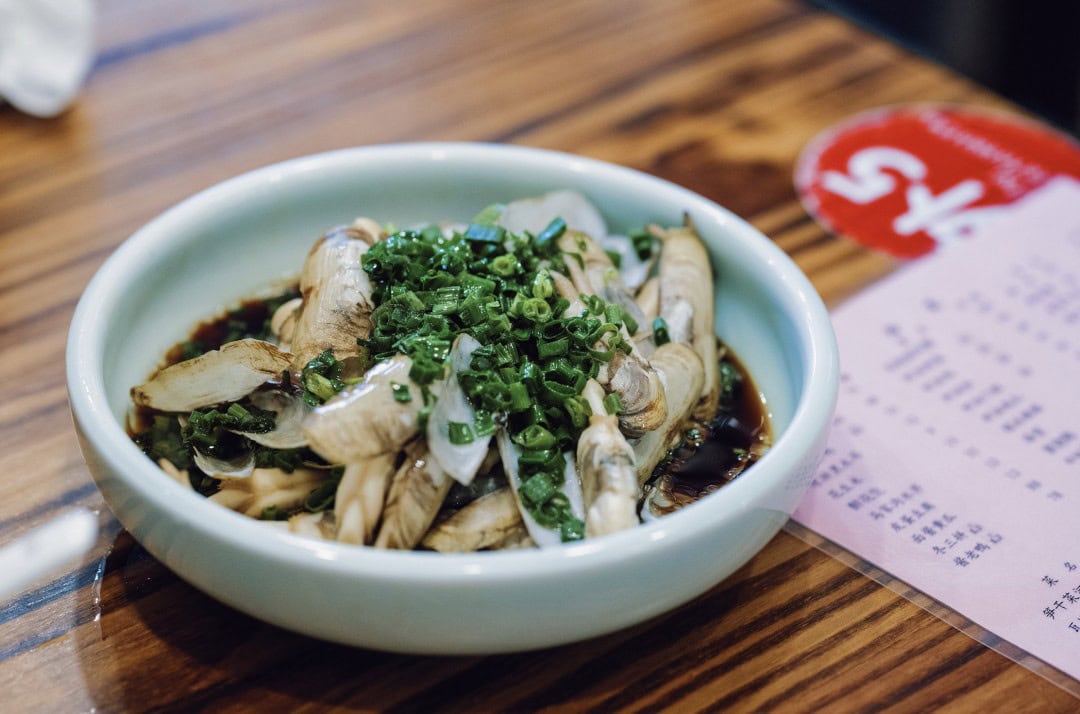
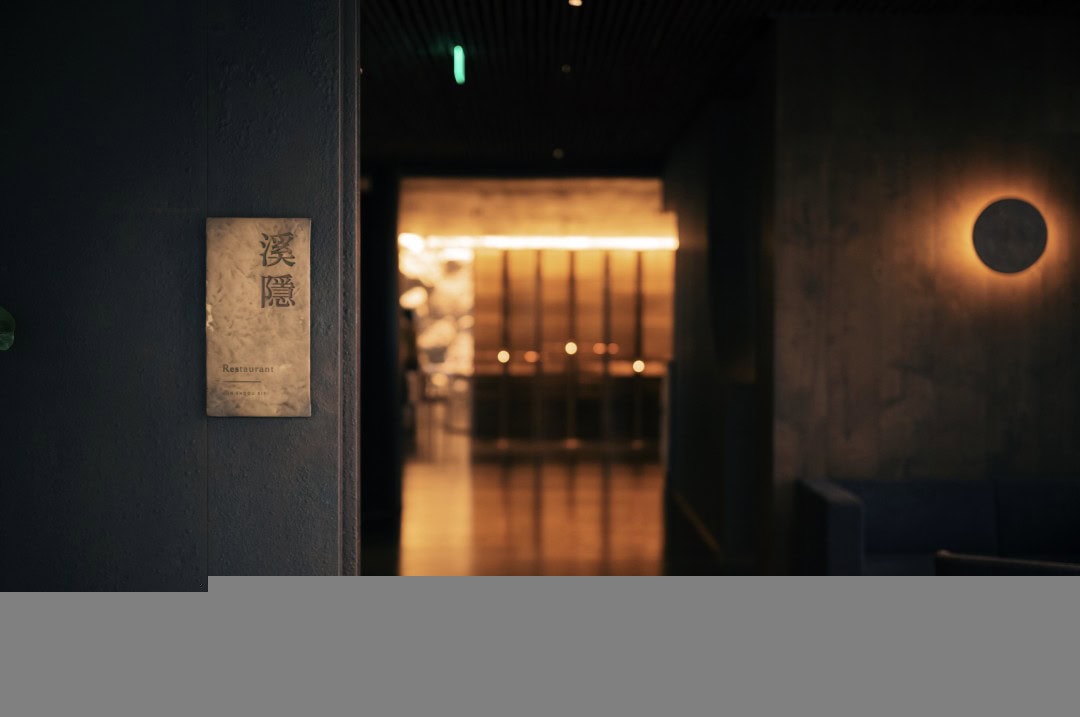
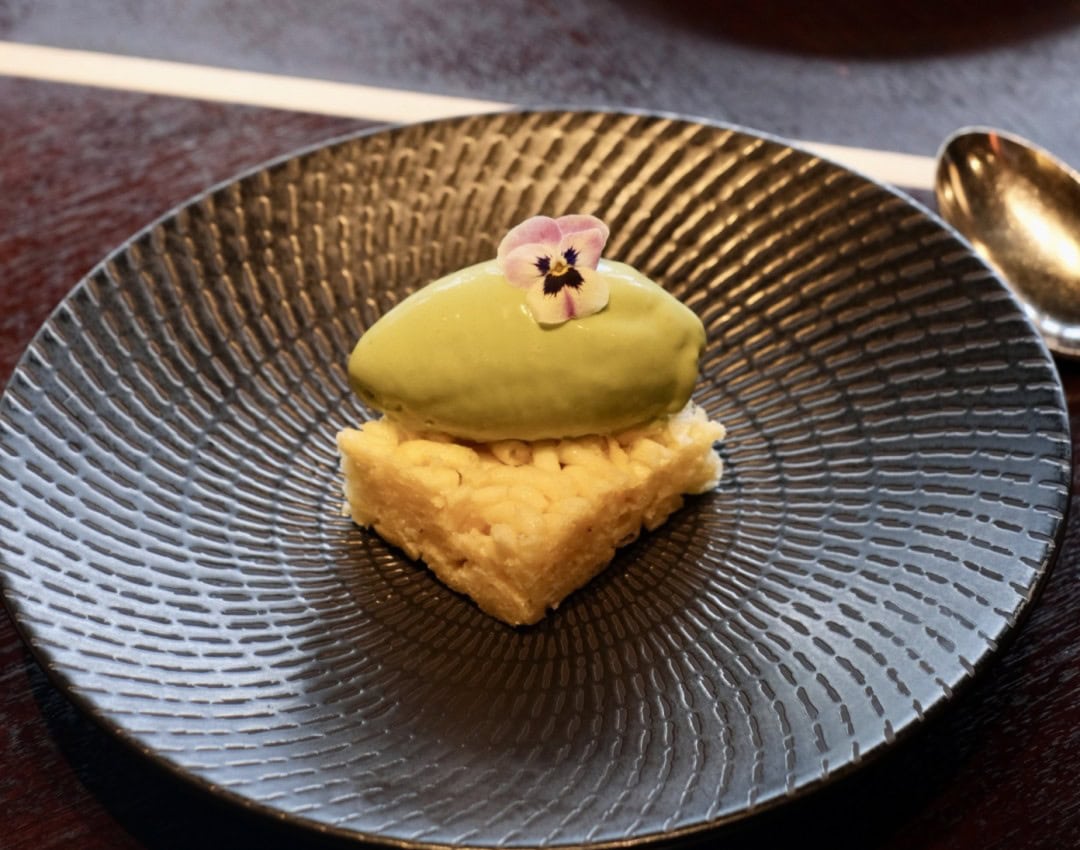
Spring is fleeting, and its beauty is ephemeral. The best bite of seasonal dishes, too, is but a fleeting moment, gone in an instant.
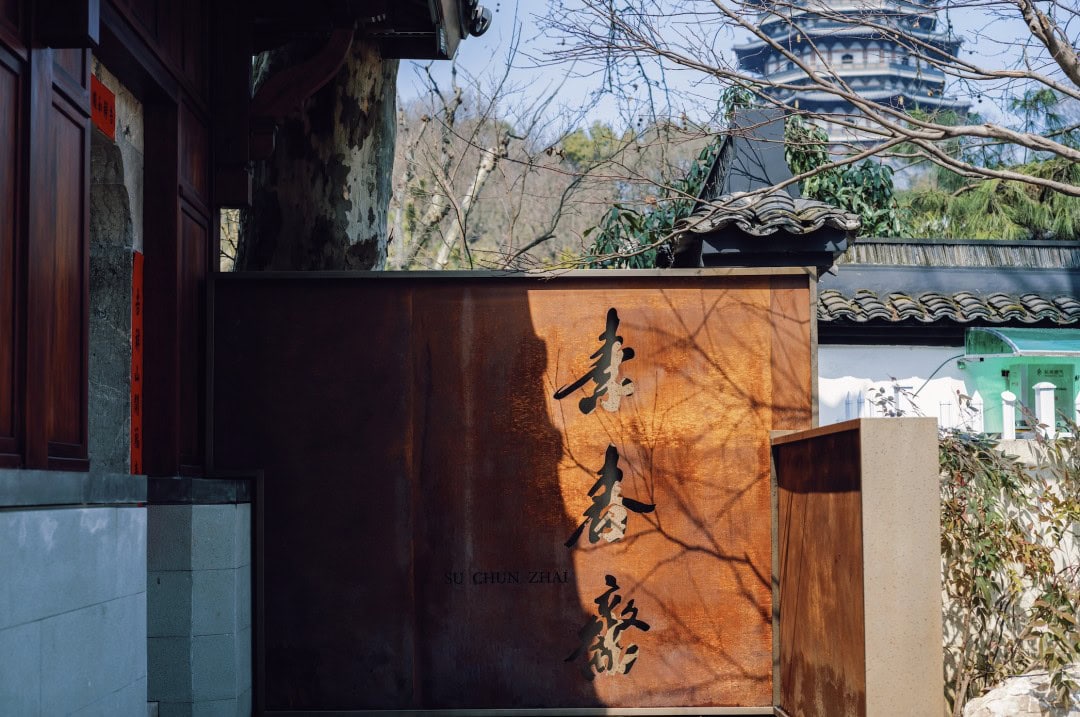
Many delicacies appear only in a specific season or for a short period, and missing them means waiting until next year.
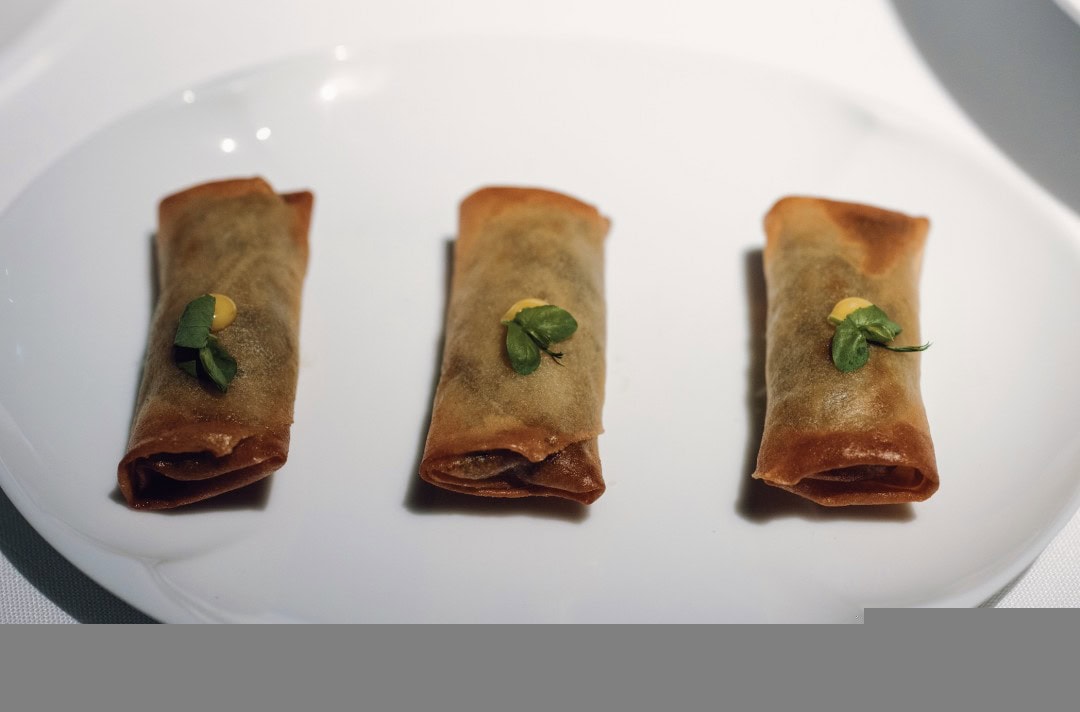
As a foodie, I naturally wouldn’t miss the taste of spring.
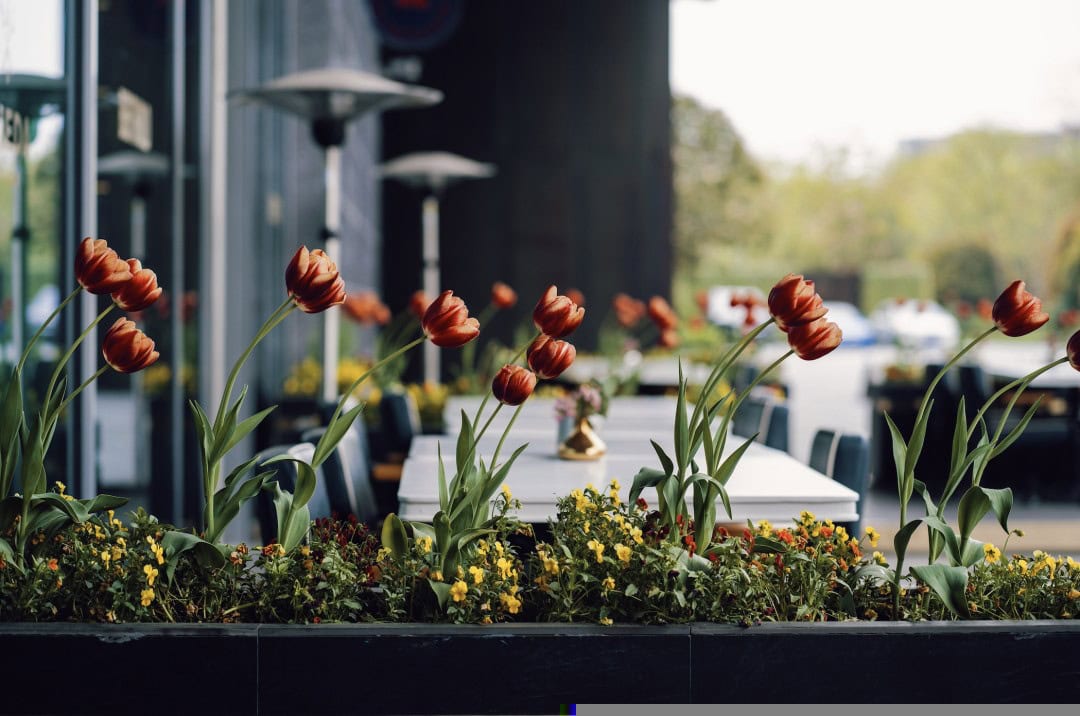
Since I can’t travel far, I’ve focused on exploring the flavors of spring in Hangzhou.
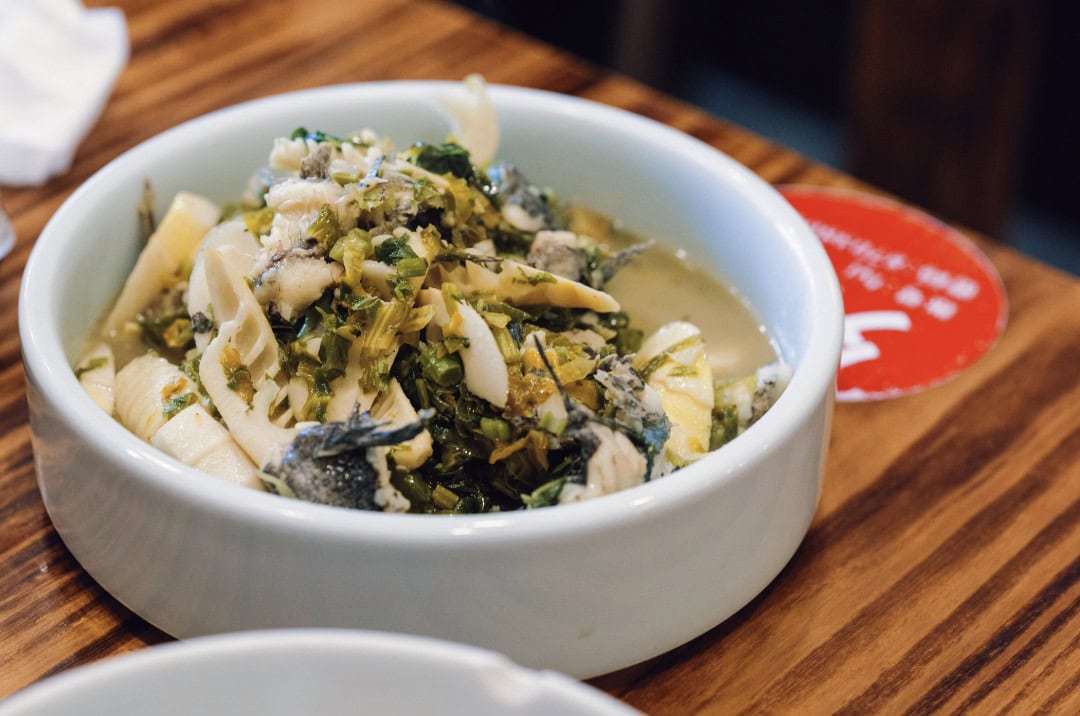
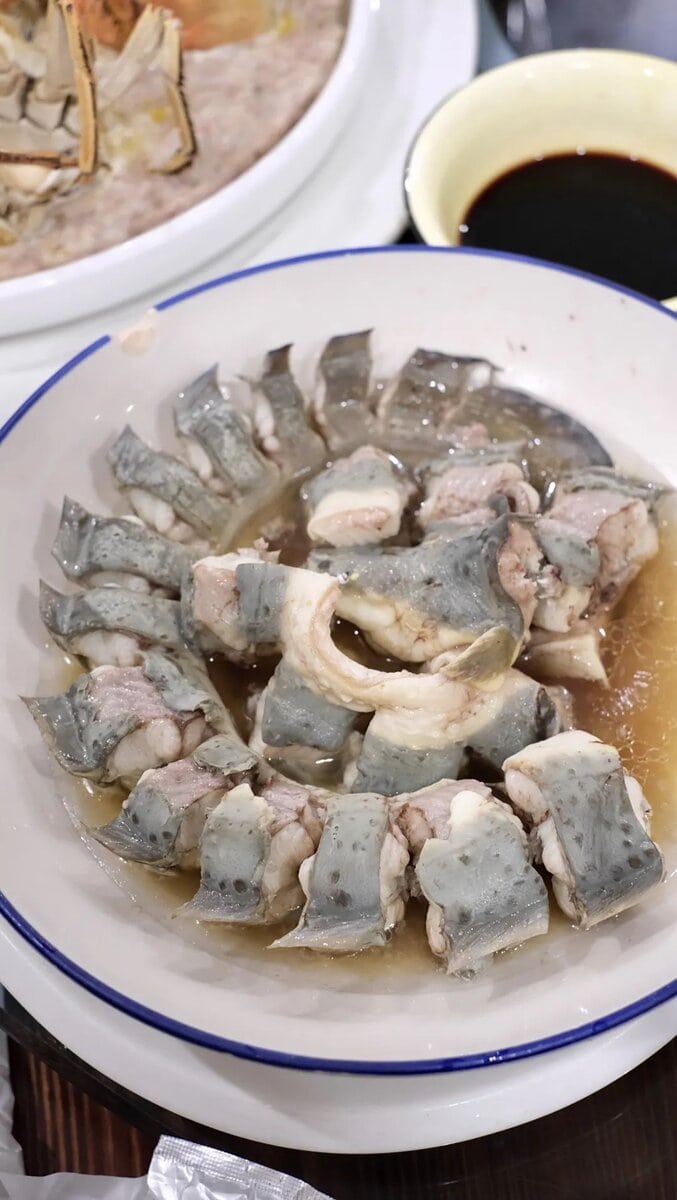
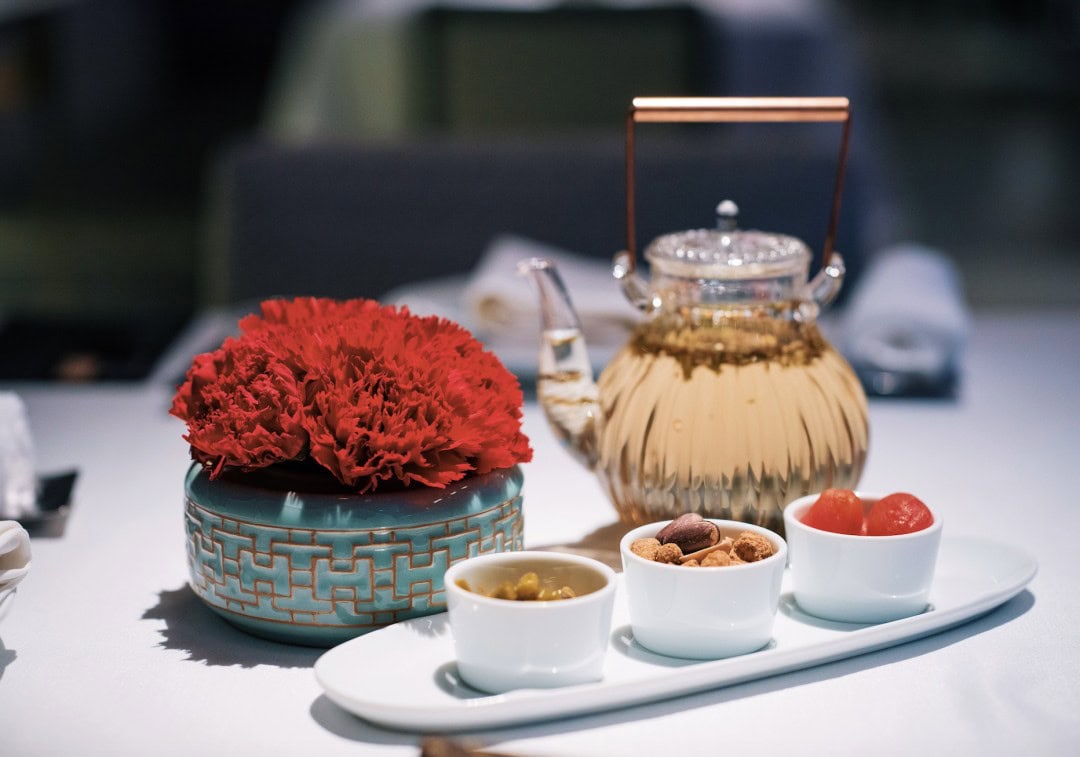
Confucius once said, “Eat not out of season.”
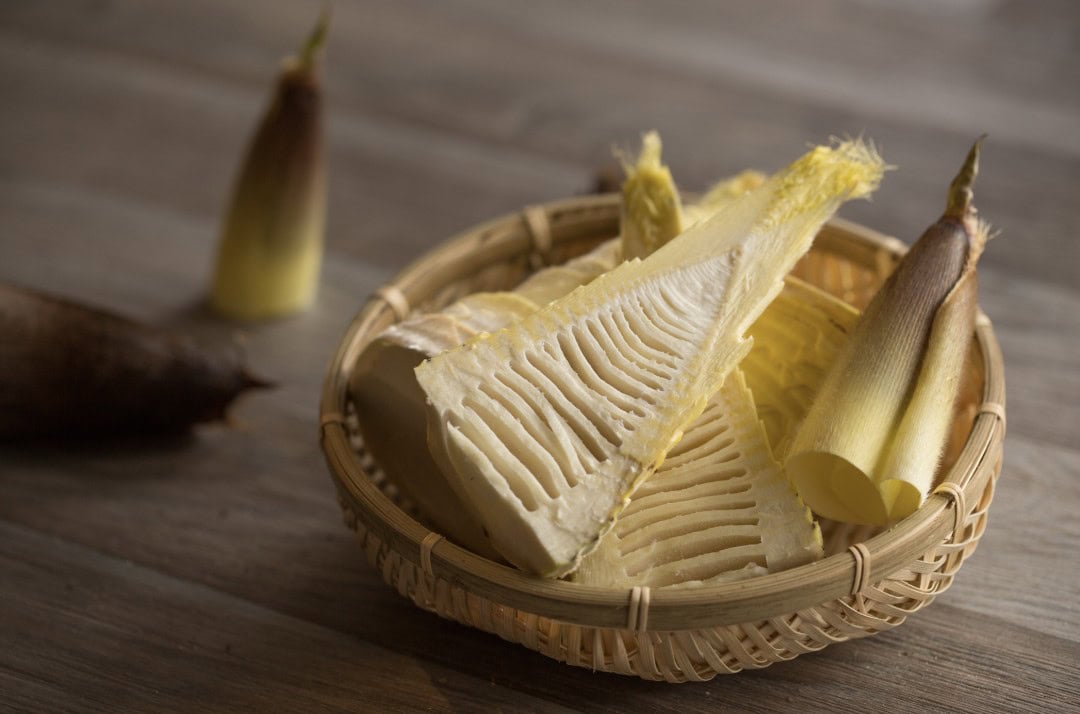
Eating should follow the seasons and the natural cycle, consuming what is in season and at its peak. Even more so, eating should be about location, enjoying the food where it originates.
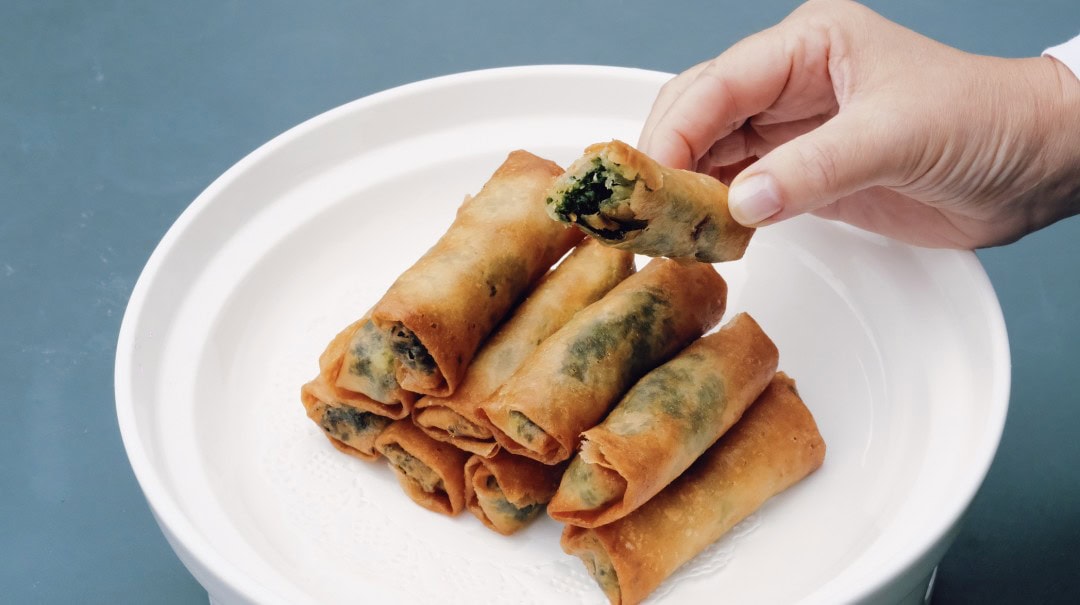
In Hangzhou, spring is all about savoring the fresh. The soul of Hangzhou cuisine is its freshness.
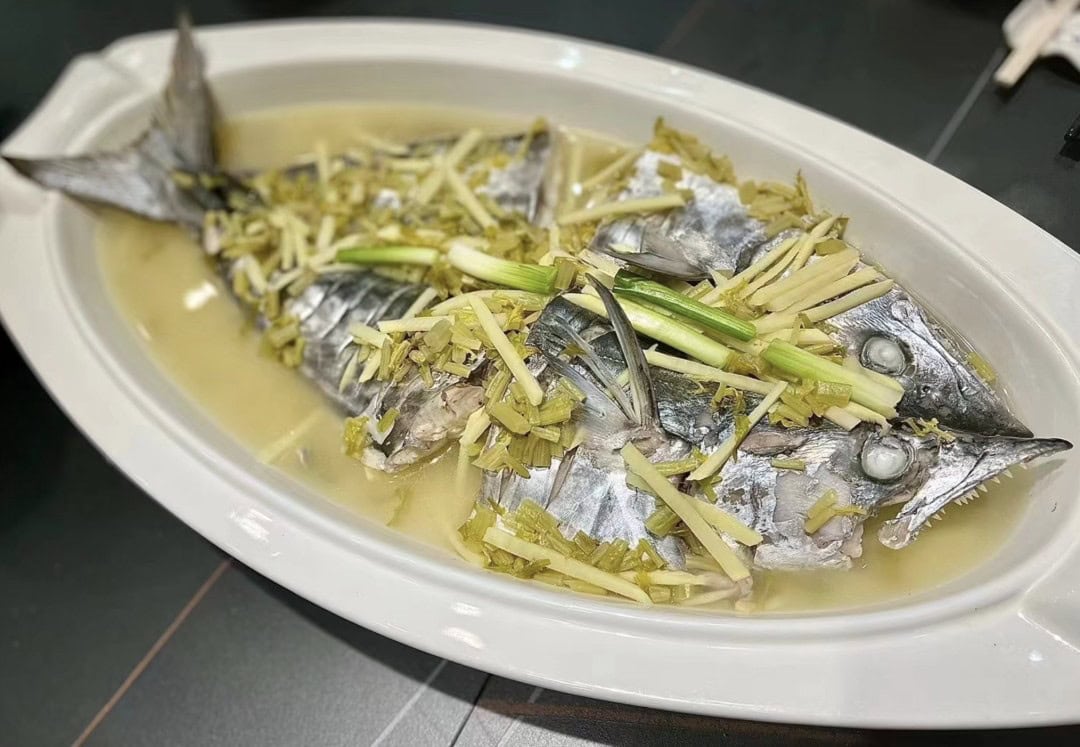
This week, I visited eight restaurants, specifically seeking out spring dishes.
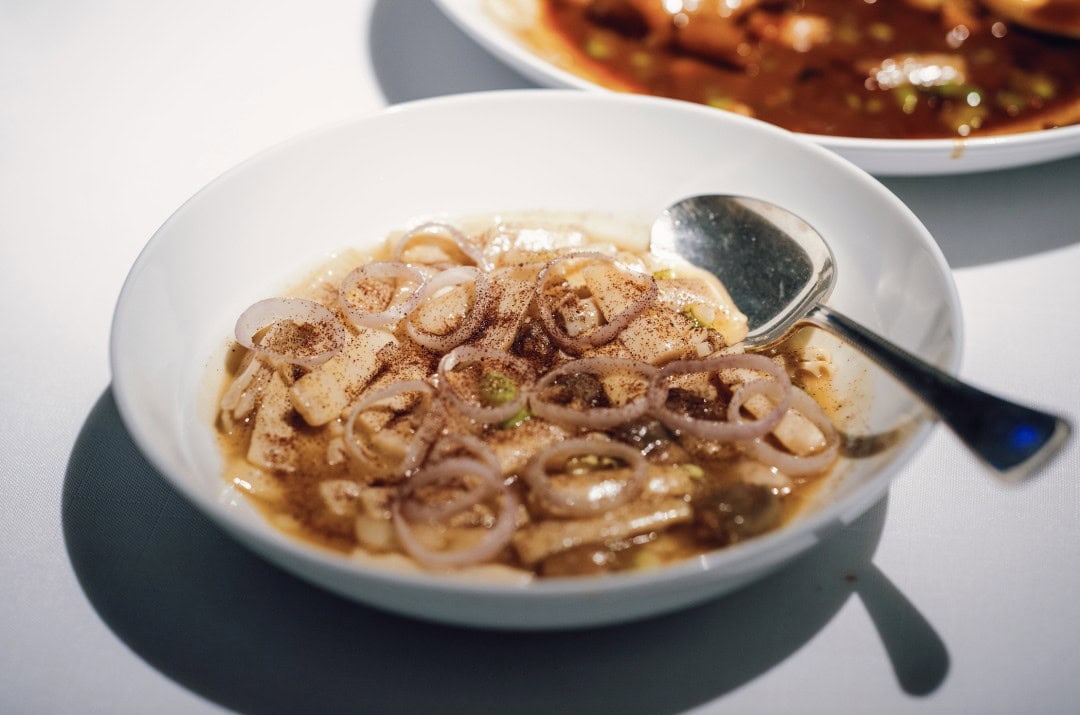
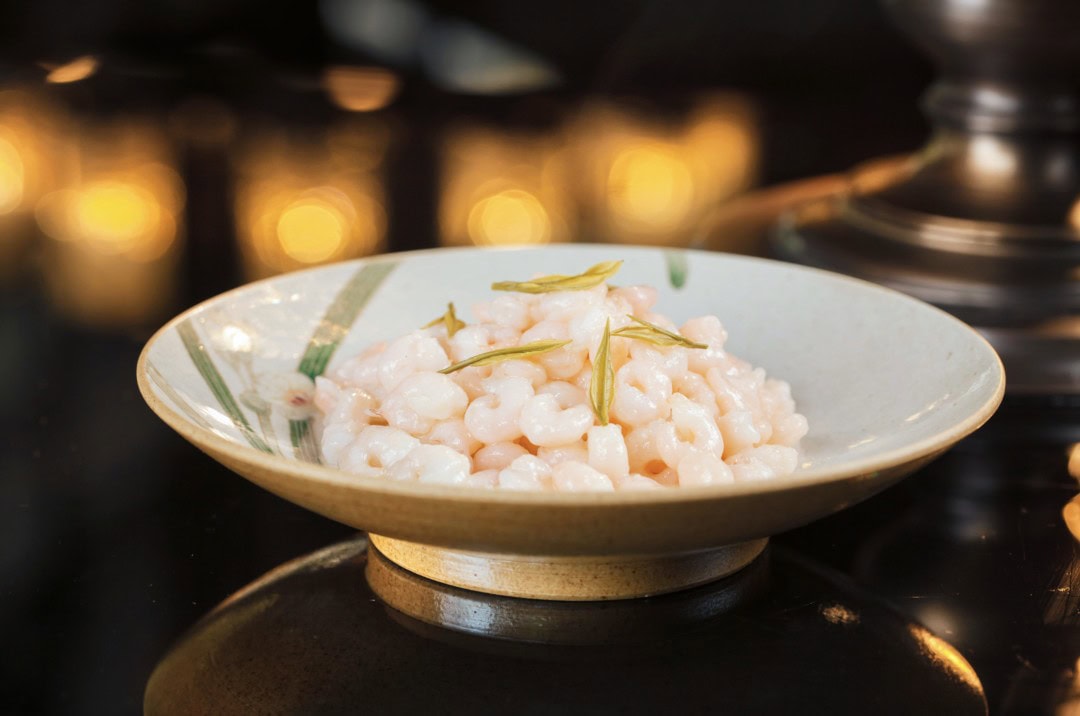
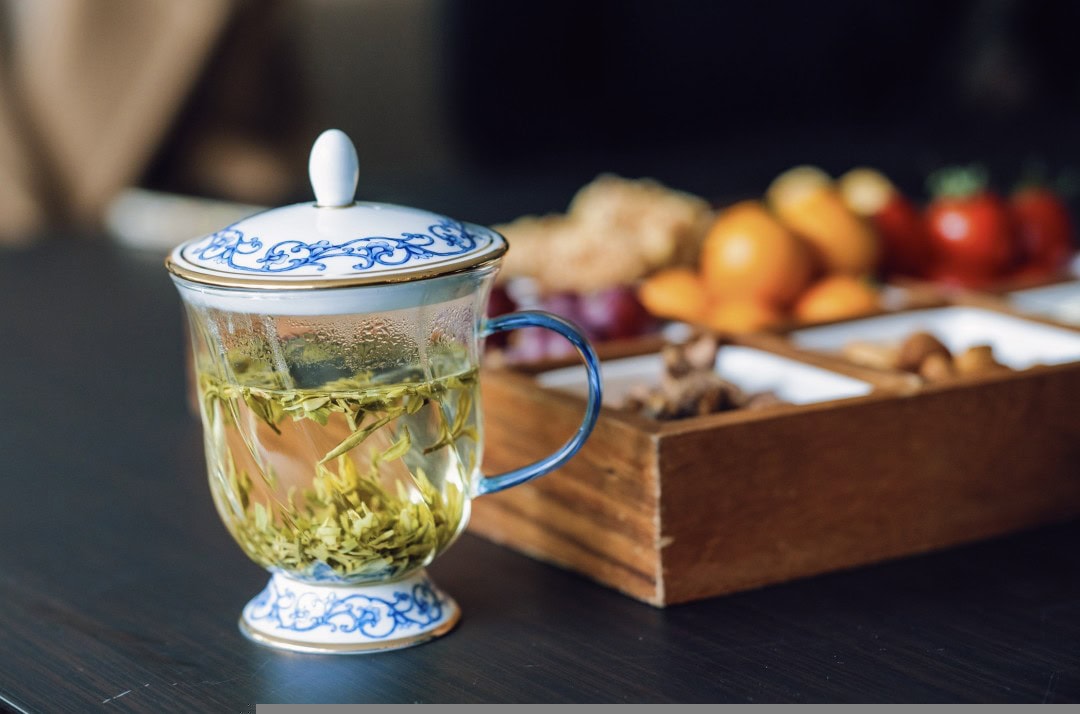
Nanshan Renjia
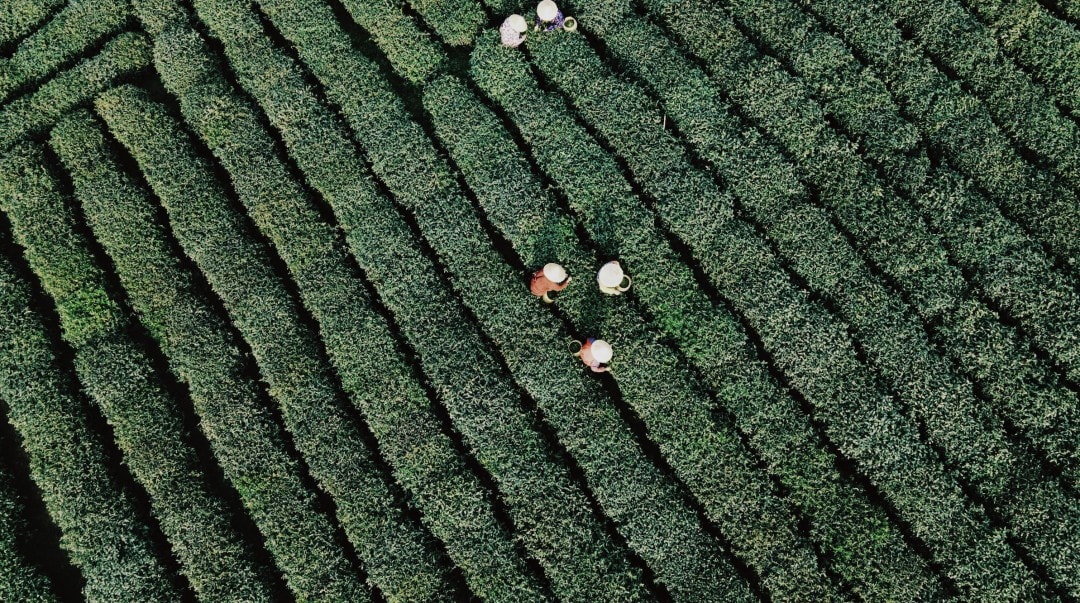
When it comes to savoring the fresh in Hangzhou, Nanshan Renjia is my top recommendation. This place offers a plethora of seasonal dishes.
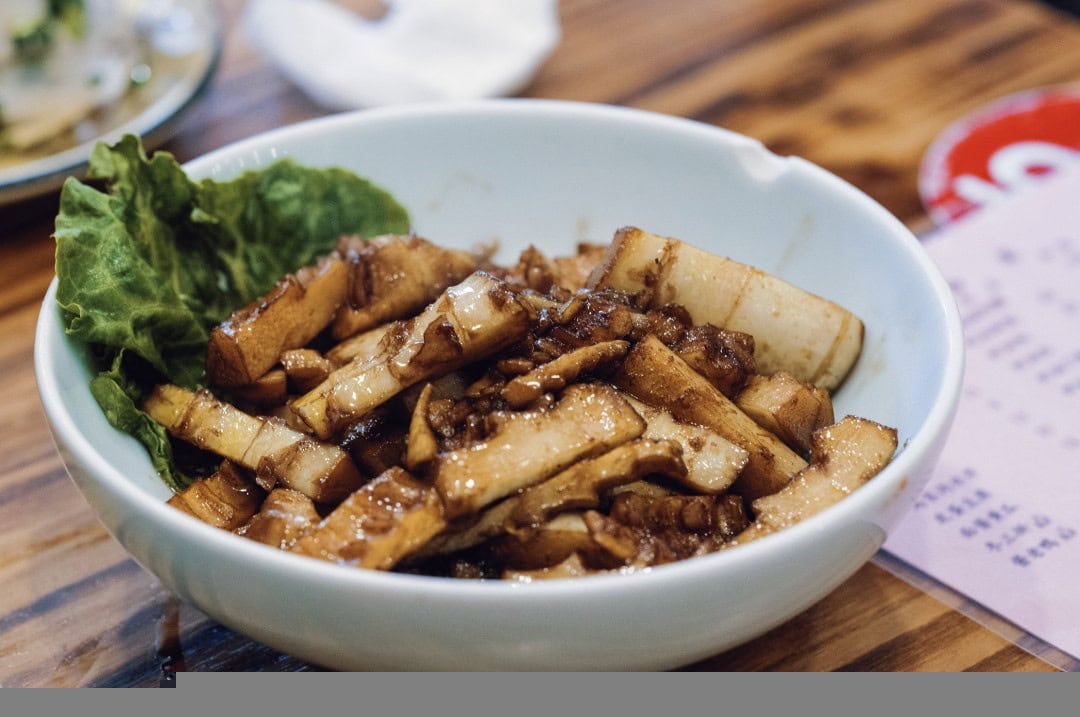
My first stop for savoring spring was Nanshan Renjia. The key is that it’s both delicious and affordable, with an average cost of just over 100 yuan per person.
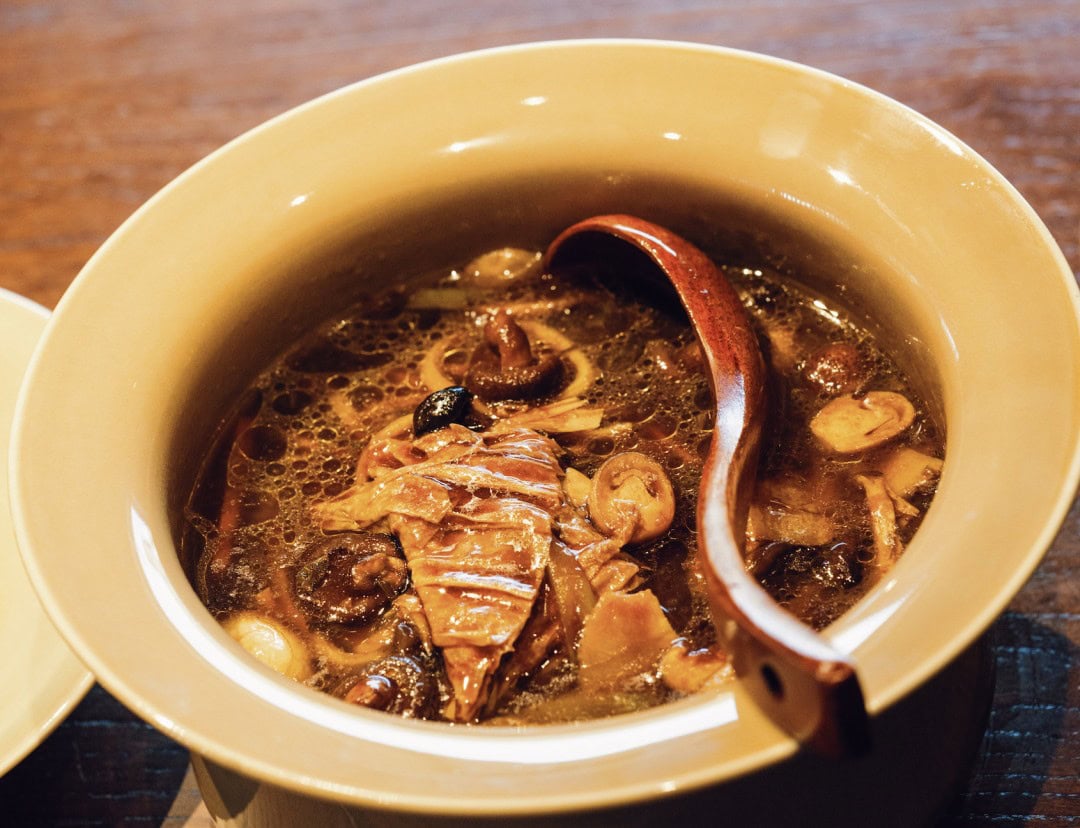
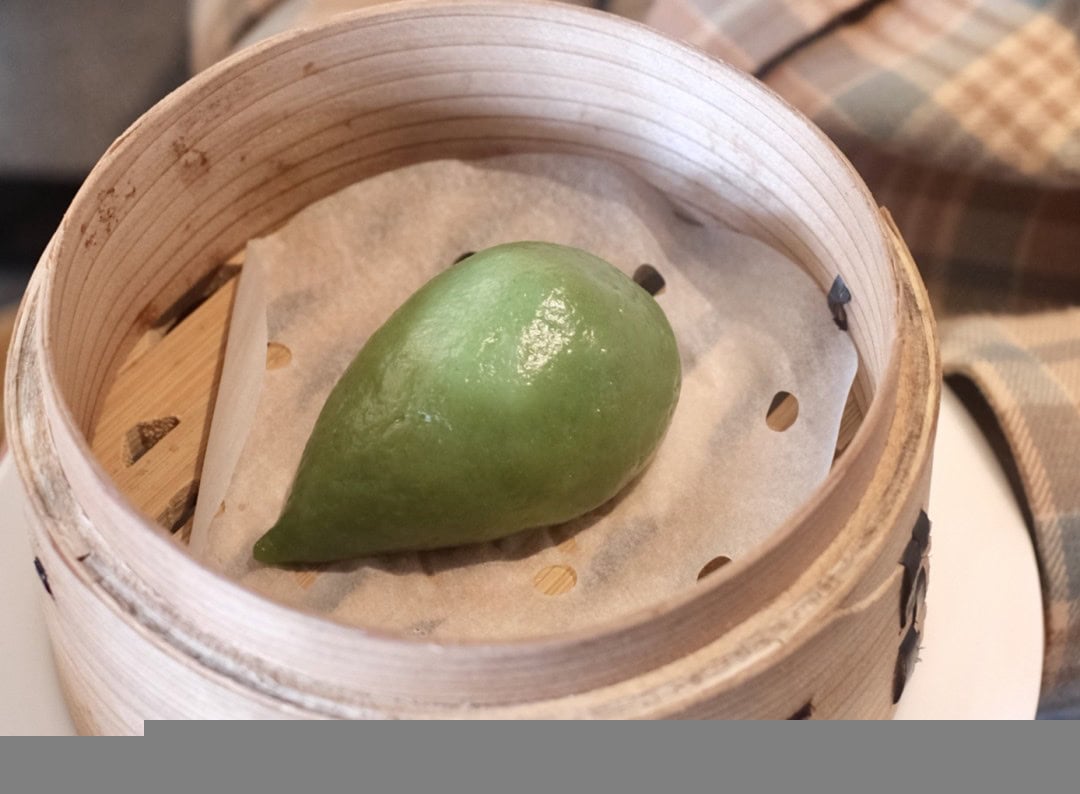
Spicy Stir-Fried River Snails
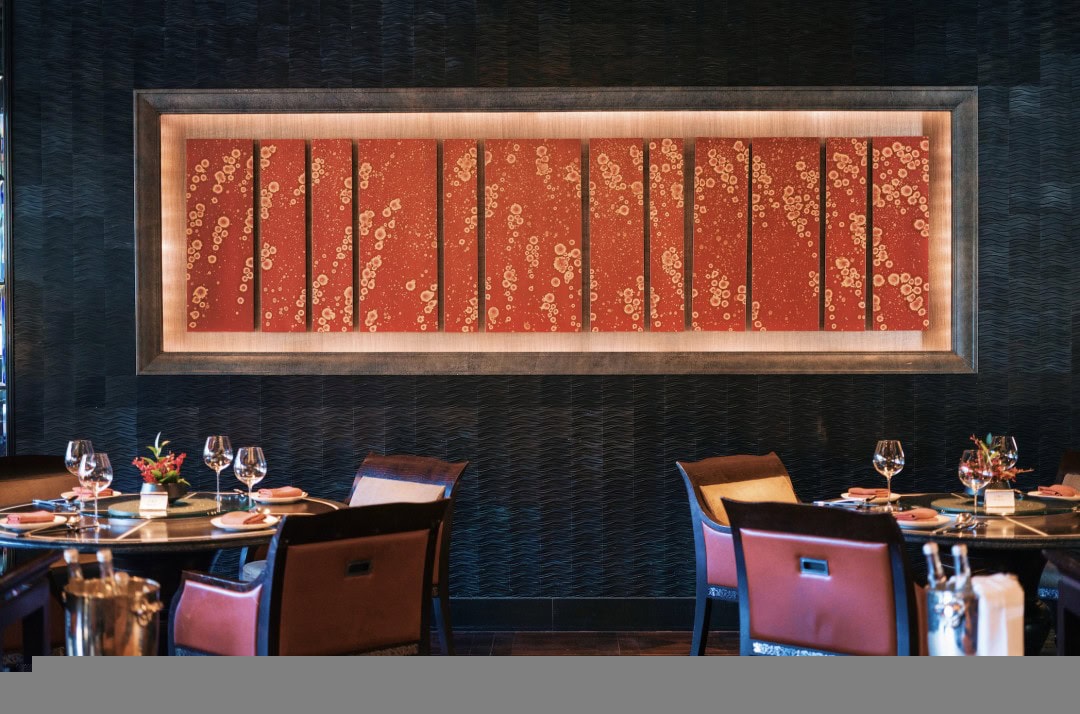
As the saying goes, “River snails before Qingming are better than goose.” Before the Qingming Festival, river snails have less muddiness, and after a winter of growth, their meat is plump and delicious.
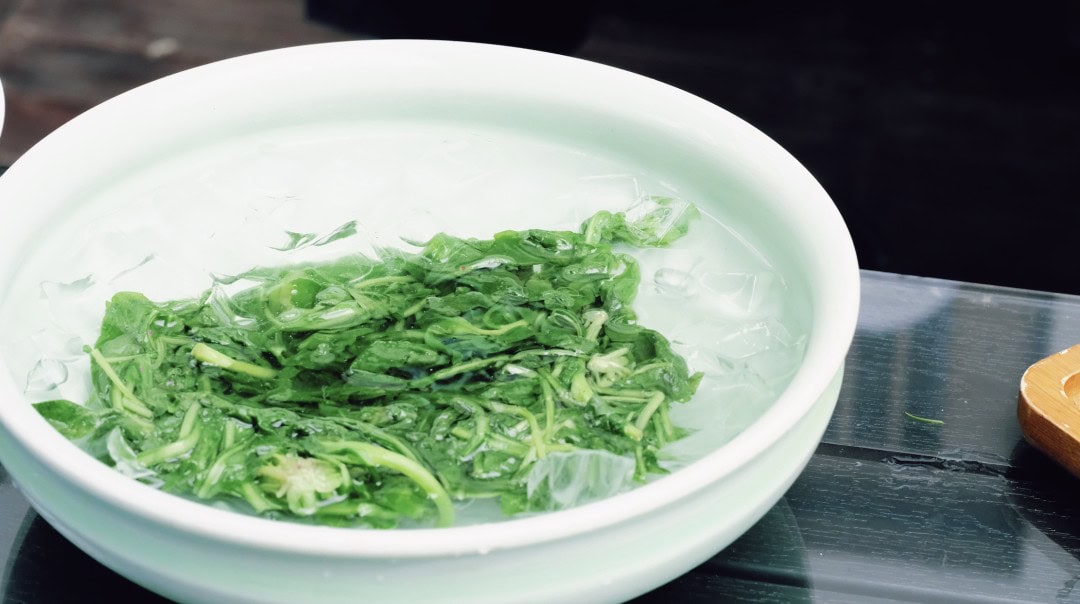
I usually don’t eat snails (not a fan of alcohol and find them too troublesome), but spring snails are an exception for me.
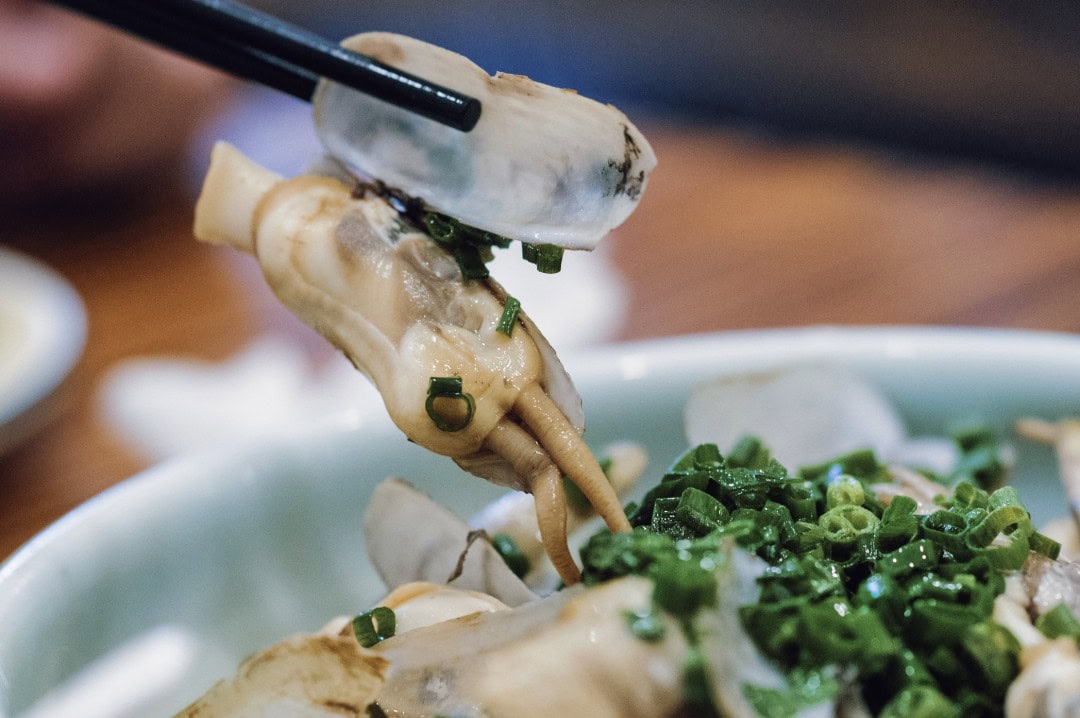
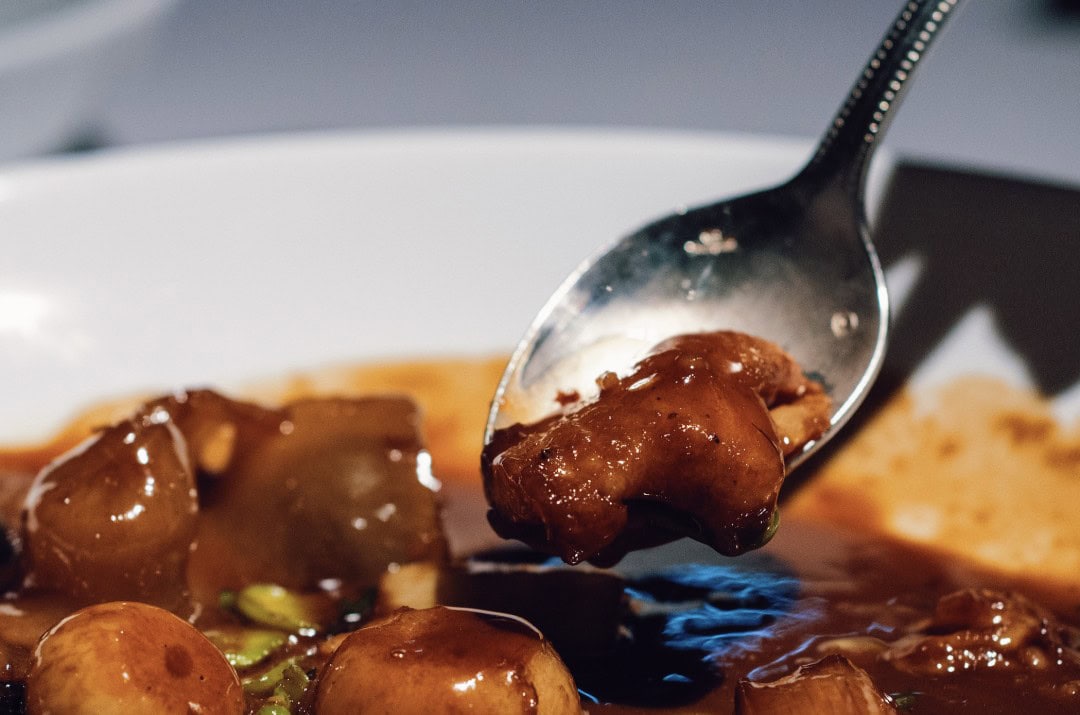
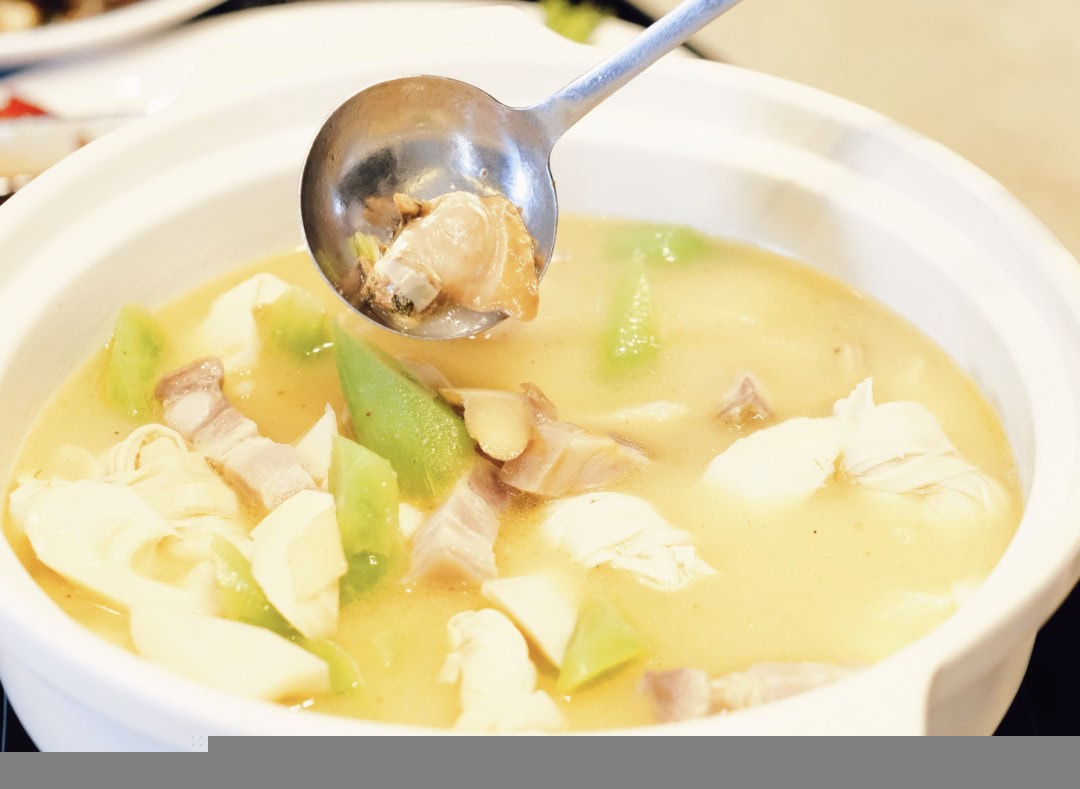
Pickled Pork and Fresh Bamboo Shoots Soup
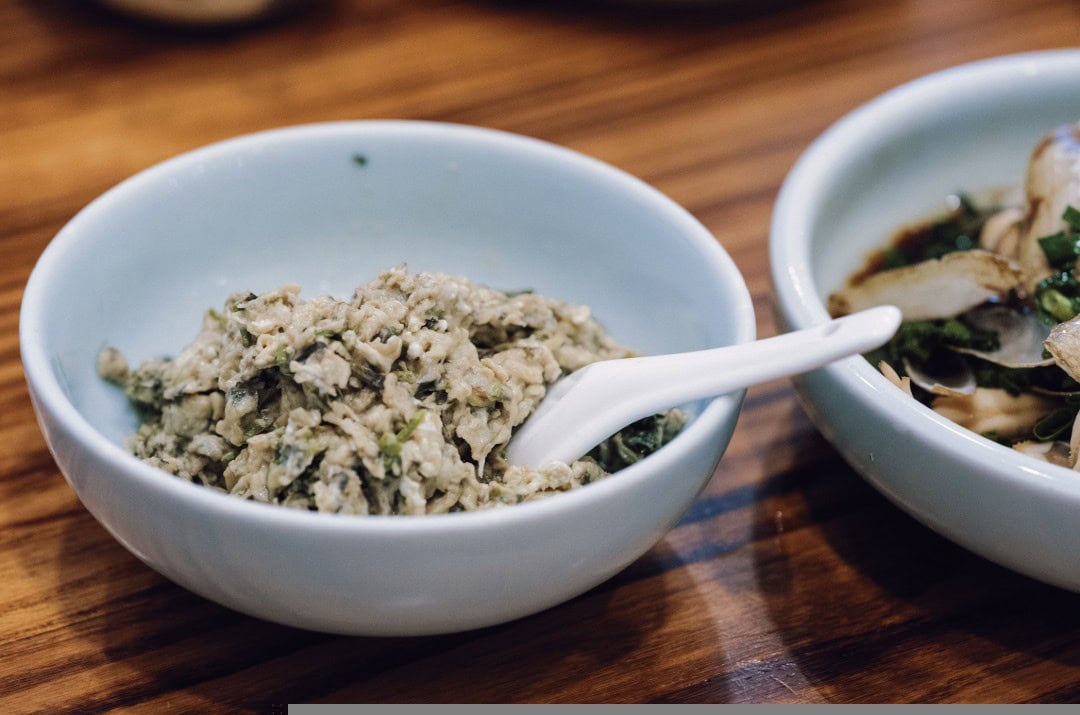
This is a dish that epitomizes spring, often described as a bowl that captures the soul.
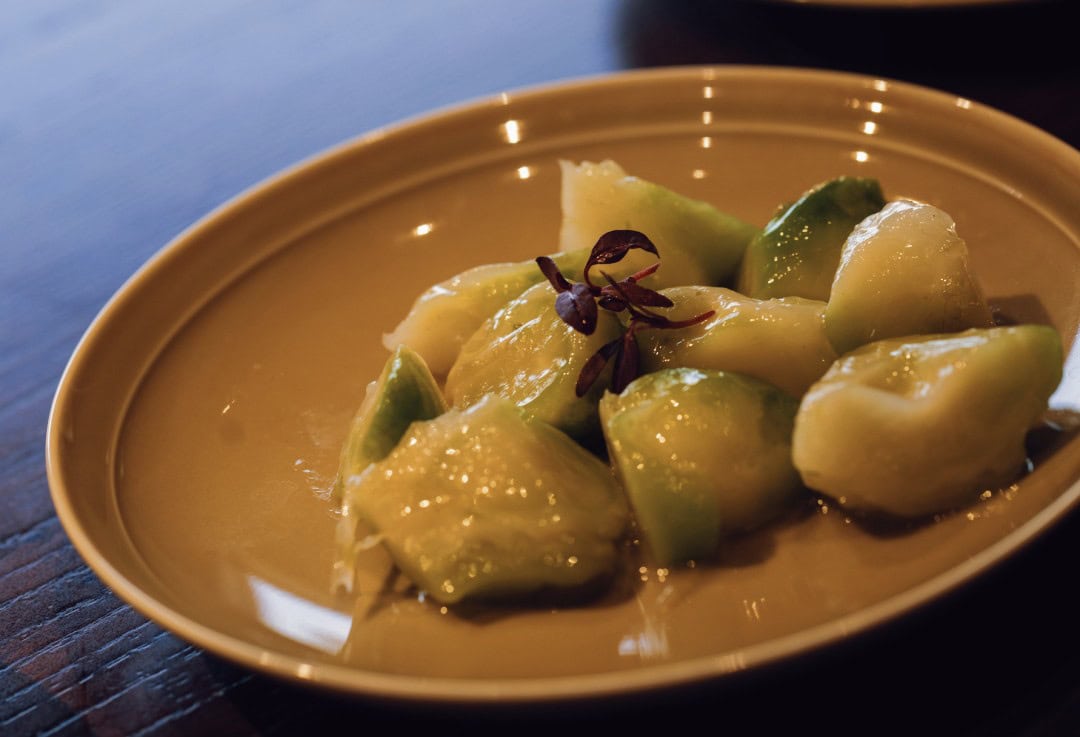
“Pickled” refers to salted (salted pork belly);
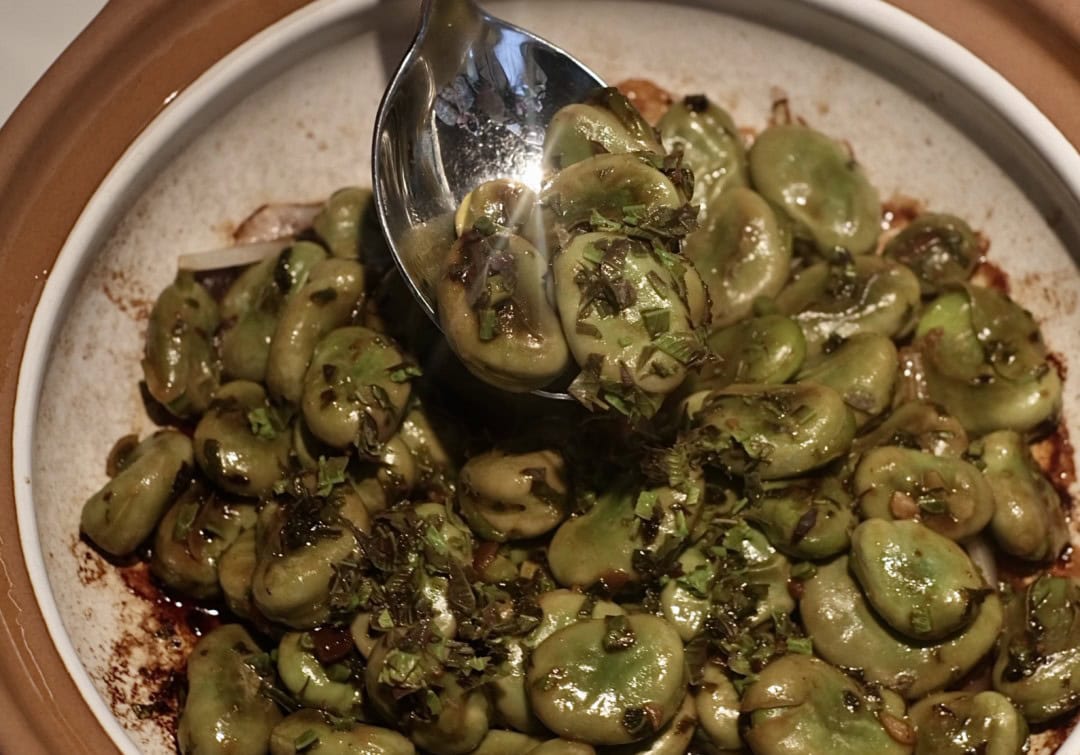
“Dǔ” means to simmer over a low flame;
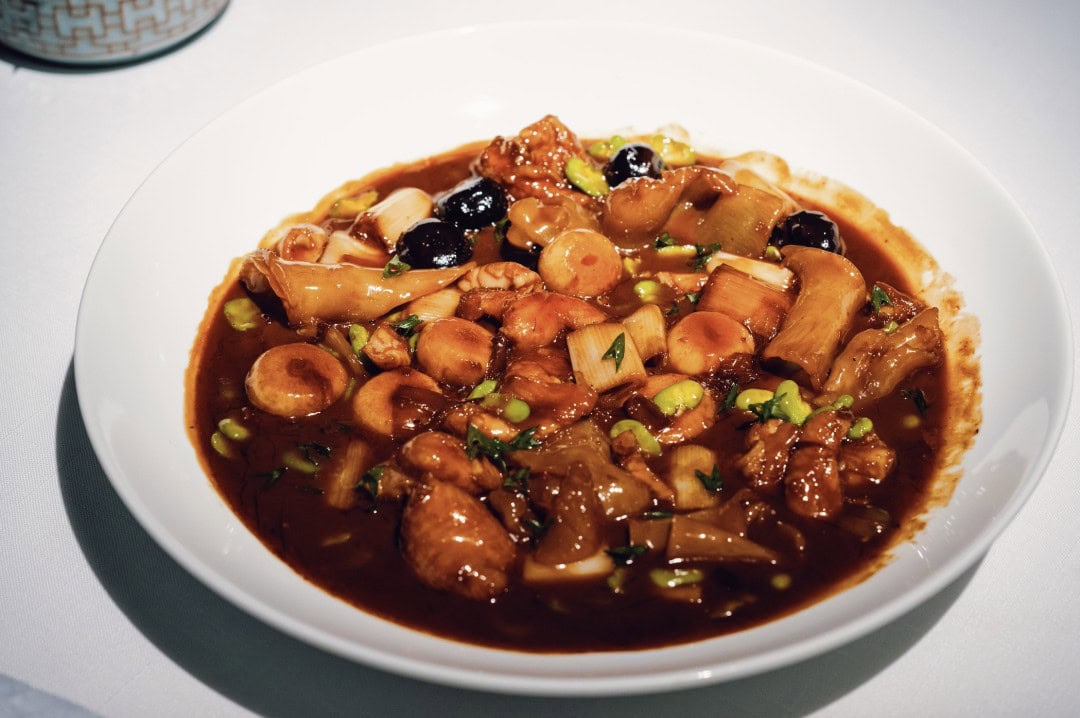
“Xiān” not only refers to the two main ingredients, fresh meat and fresh bamboo shoots, but also describes the taste of this dish. Additionally, “xiān” can refer to fresh meats (chicken, pork hock, freshwater clams, etc.), which are ingredients used to further enhance the flavor in yān dǔ xiān, apart from bamboo shoots and salted.
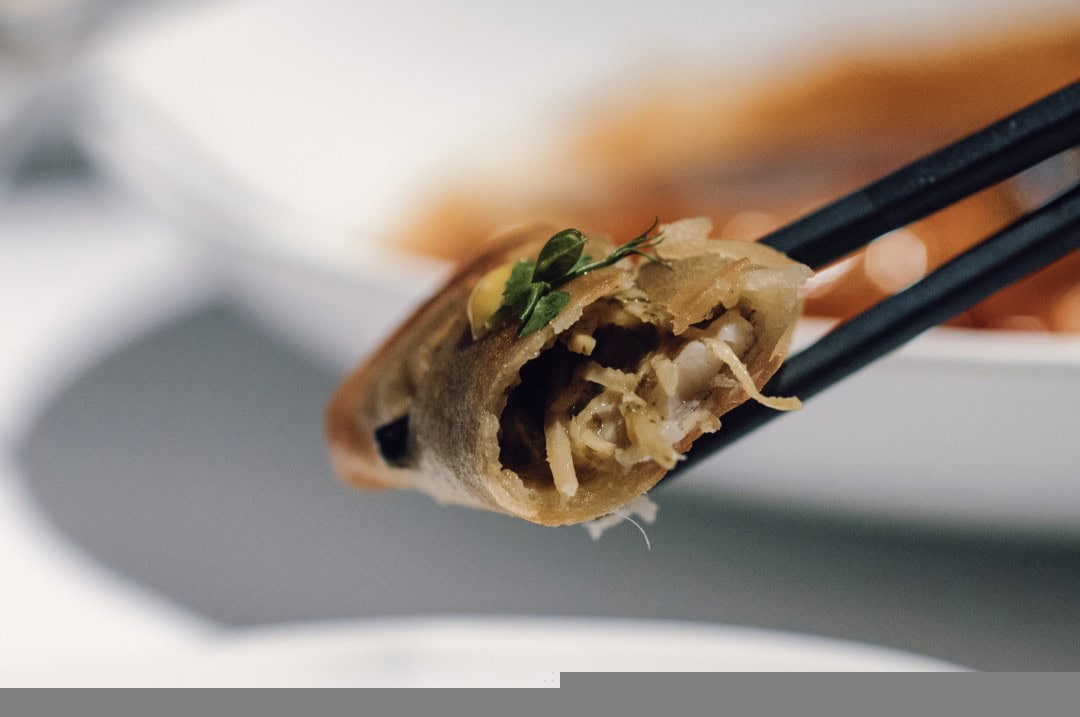
In the yān dǔ xiān from Nanshan Renjia, freshwater clams are added, making it a pot of extra-freshness.
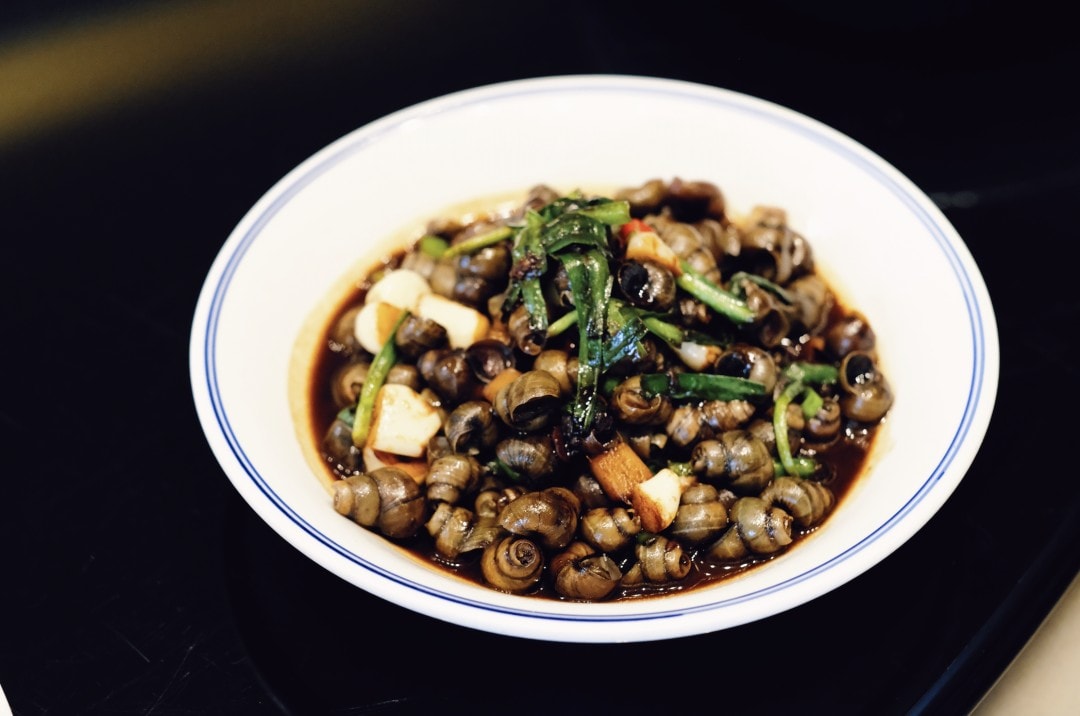
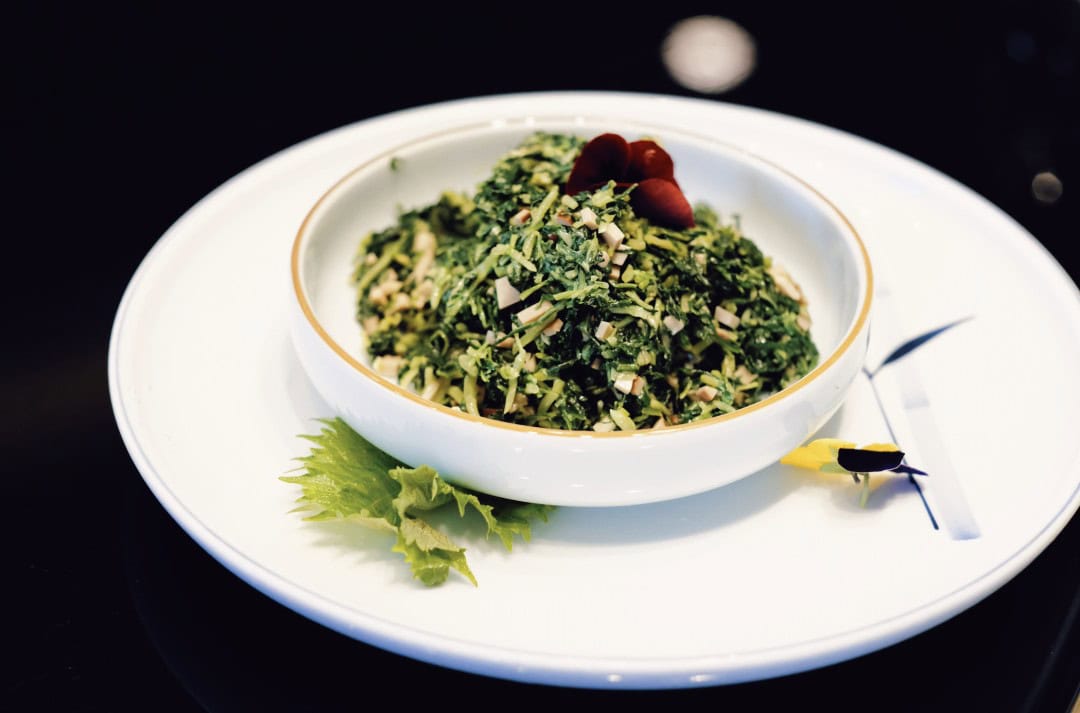
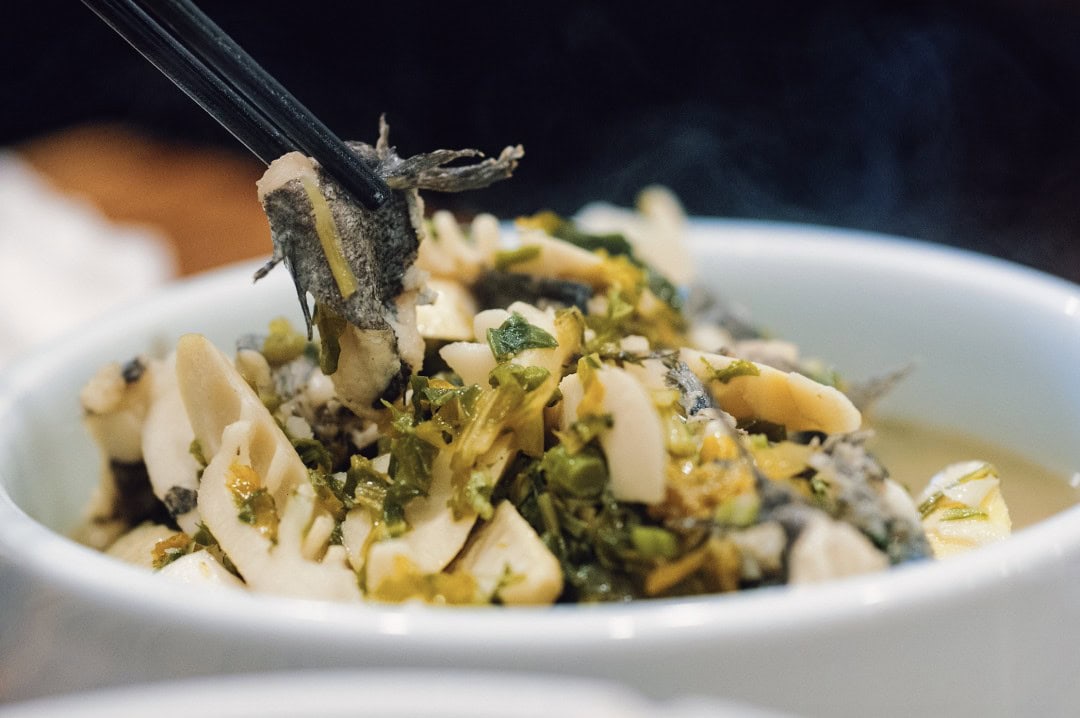
**Jìcài Chūnjuǎn (Shepherd’s Purse Spring Rolls)**
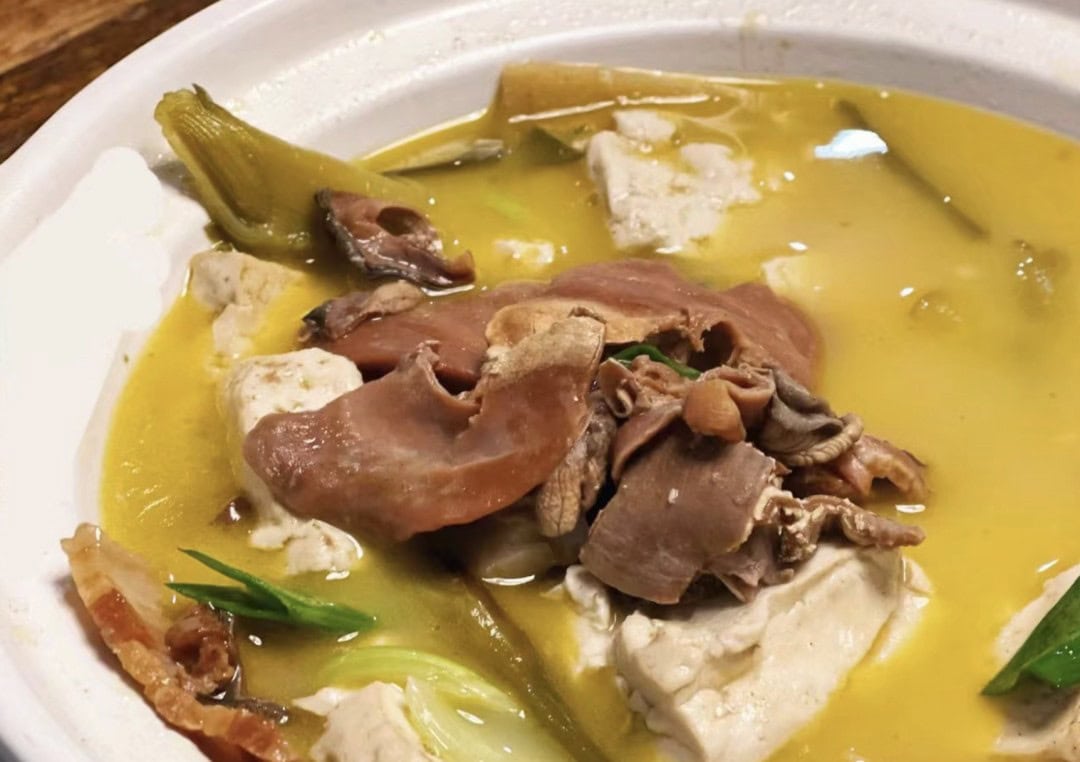
Hangzhounese people particularly love shepherd’s purse, the most fragrant wild vegetable in Hangzhou during spring. Wild shepherd’s purse can be found everywhere in the suburbs, plump and tender, easily picked in large handfuls.
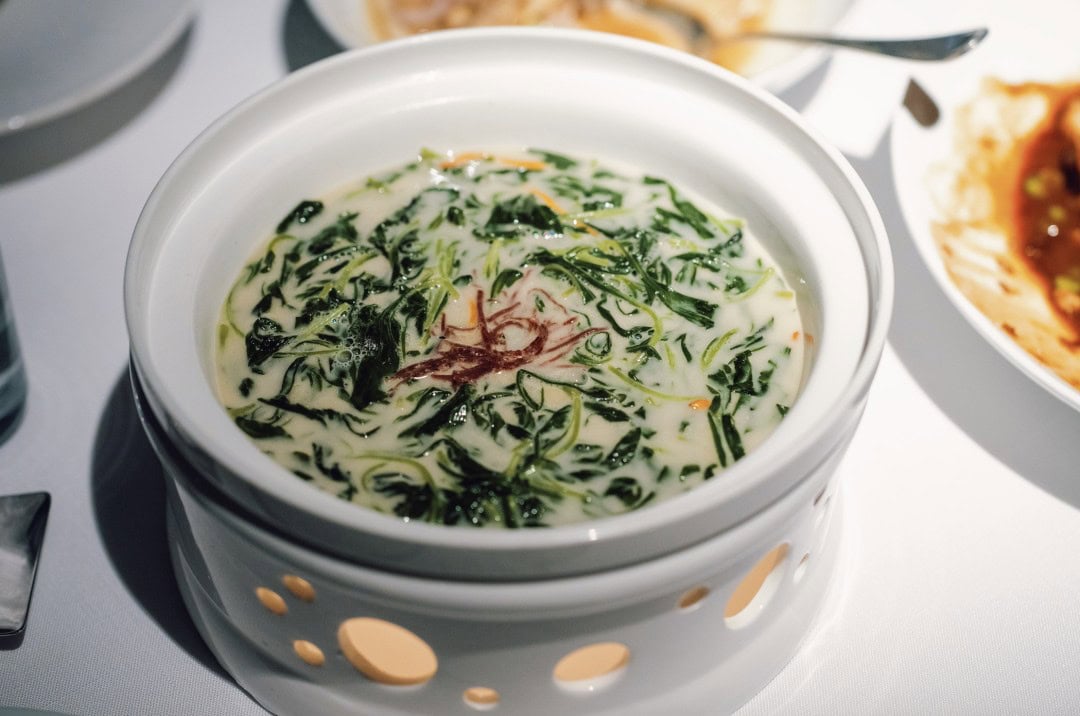
The image below is of shepherd’s purse.
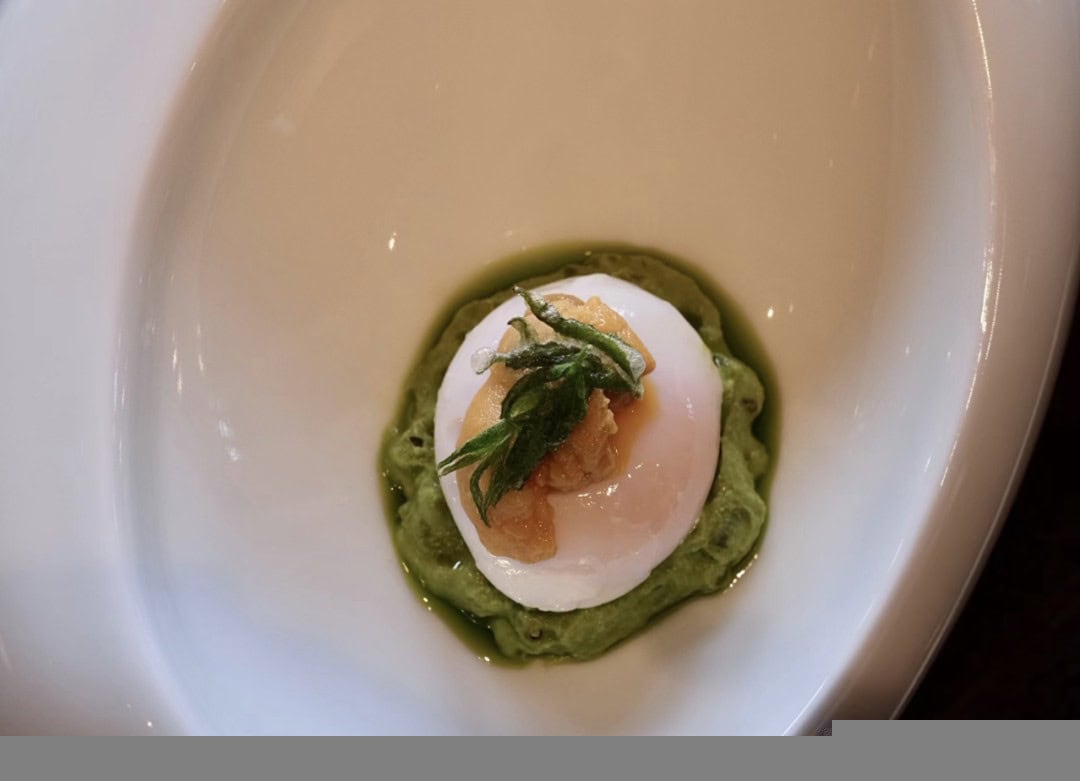
Shepherd’s purse spring rolls are crispy, savory, and fragrant, making it impossible to stop at just one bite—a taste of spring.
**Mǎlántóu (Knotweed)**
Knotweed is also a wild vegetable. Its preparation is simple and straightforward: blanch the knotweed, chop it into fine pieces, mix with diced dried tofu, and add some sesame oil to form the dish. The essence of knotweed is its refreshing aroma.
**Fúyuánjū (Blessed Residence)**
Fúyuánjū was my second stop for savoring freshness. It is one of the old-school Hangzhou restaurants most favored by locals. It’s also a great choice for delicious yet affordable meals, with an average cost per person of around 100+.
However, a word of caution: Fúyuánjū’s menu updates are incredibly slow, and they haven’t added any new spring dishes yet. If you want to order spring dishes, just tell the waiter directly, as most of them are off the menu.
**Xiāngchūn Chǎo Dàn (Chinese Toon with Scrambled Eggs)**
Chinese toon is undoubtedly my favorite spring dish.
As the saying goes, “Before the rain, the toon sprouts are as tender as silk; after the rain, they become woody.” The time to enjoy it is very brief, just before the Grain Rain.
And the earlier you eat Chinese toon, the better, especially when the first flush of sprouts has not yet become woody, as they are the most fragrant and tender.
This time, I indulged in many dishes featuring Chinese toon. At Fúyuánjū, I ordered Chinese toon with scrambled eggs, a traditional Hangzhou dish, naturally prepared in the most classic way.
Chinese toon and eggs are an absolute golden duo, both fragrant and tender, incredibly delicious.
**Yóumèn Chūnsǔn (Braised Spring Bamboo Shoots)**
Spring bamboo shoots are the epitome of freshness and beauty. After a spell of drizzling spring rain in the south, some fuzzy little tips emerge from the bamboo groves, signaling the arrival of spring bamboo shoots.
Braised Spring Bamboo Shoots is one of the representative dishes of Hangzhou cuisine, known for its rich oil and dark sauce, with a sweet and savory flavor.
The ingredients used are tender bamboo shoot tips and sections, which are stir-fried with heavy oil and sugar, then simmered with water for a short time, and finally reduced to a thick sauce with high heat. This dish is not difficult to prepare, and many traditional Hangzhou restaurants excel at it.
**Pickled Mustard Greens with Spring Bamboo Shoots and Step Fish**
This dish may seem unassuming, but it is actually quite expensive among spring dishes. After all, it combines the freshness of mountain delicacies with the beauty of lake delicacies.
Step fish lives in the streams of southern China. Although it may not look impressive, its flesh is tender and delicious. It is described as “Step fish meat is as tender as tofu but far more flavorful.”
Spring bamboo shoots are extremely fresh, and step fish is at its most plump and delicious. Adding pickled mustard greens to the soup makes it incredibly savory. The pickled greens are even more flavorful than the fish.
Because of this dish, I give Fuyuanju a big thumbs up.
**Scallops with Green Onion Oil**
Eating scallops in spring is also a good choice, as they are plump and have a firm texture.
Fuyuanju uses the most traditional method of green onion oil, fully preserving the sweetness of the scallops, with almost no loss of moisture in the flesh, making it crisp and chewy.
**Steamed River Eel**
Qiantang River eel has a unique oily aroma.
In spring, river eel is fatty and smooth, with plump and tender flesh, and a Q-elastic eel skin. The master chef removes the earthy smell by repeatedly steaming it with broth, then adding a bit of yellow wine for a simple steam.
A great dish for spring nourishment!
**Su Chun Zhai**
The pinnacle of vegetarian dining in Hangzhou, a century-old shop, YYDS.
Haha, no exaggeration. Especially after the renovation, Su Chun Zhai is simply too lovable.
**Stir-Fried Cabbage Hearts**
This dish is very refreshing, with early spring cabbage hearts being incredibly tender. The sweetness dominates, with abundant vegetable juice, truly satisfying.
**Pian Er Chuan**
The best time for Pian’er Chuan in spring is when the dish’s “freshness” is most dependent on two key ingredients: dao-du-cai (a type of preserved vegetable) and bamboo shoots. These ingredients are at their peak in spring.
Jiangnan Fisherman
Spanish Mackerel
In the Xiangshan Sea area, Spanish mackerel is only referred to as “Chuanwu” around the Qingming Festival.
Every year around the Qingming Festival, large groups of Spanish mackerel migrate northward with the tides, their bodies containing the highest fat content, and their flesh particularly firm, offering a deliciously sweet and rich taste.
When it comes to enjoying Ningbo small seafood in Hangzhou, there’s no one quite like Jiangnan Fisherman.
Flower House
Clams with Tofu
Clams with tofu, even the gods can’t resist.
Clams are at their plumpest in spring. After pounding the edges to remove the innards, sauté with garlic and salted pork, then add salt-cured tofu and simmer in a clay pot. The finishing touch is a sprinkle of white pepper, creating a creamy, aromatic soup that fills the Flower House.
Mushou Xixi Xi Yin
Xi Yin Restaurant recently earned a Black Pearl Diamond, and I couldn’t wait to try it out.
I really like this restaurant, located within the Xixi Wetland, where every dining spot offers a view of the beautiful wetland.
Chinese Toon with Broad Beans
Broad beans are a delicacy where “one day late, and they’re a day older”—from their arrival to their departure, they last at most a couple of weeks.
This dish was my first time trying it, and it was both fragrant and tender, with a refreshing aroma—truly the taste of spring.
Xi Yin Ai Ke
Xi Yin Restaurant emphasizes using local ingredients, and the biodiversity of the Xixi Wetland provides a plethora of seasonal, natural ingredients.
The main ingredient of this dish is Ai grass grown in the Xixi Wetland, mixed with glutinous rice and filled with wild bamboo shoots and vegetables. The texture is soft and chewy, reminiscent of the taste of Ai Ke from my childhood.
Yue Xuan
Eating the spring dishes at Yue Xuan made me feel completely different.
The dishes mentioned earlier are basically classic Hangzhou-style cuisine. But starting from Yue Xuan, it’s a complete reconstruction of spring dishes. The ingredients remain the same, but the cooking methods are truly different.
**Black Garlic Fish Maw Stewed with River Catfish**
River catfish, also known as “jiang tuan,” is one of the “Four Delicacies of the Yangtze River” along with shad, knife fish, and river. Late spring to early summer is when river catfish is at its fattest.
River catfish is best braised, offering a soft, glutinous texture that is both fresh and sticky. The main ingredients of this dish are fish maw and river catfish, both of which are rich in collagen, making the dish thick and smooth.
Combined with black garlic and broad beans for color and aroma, it looks and tastes great.
**Salted Garlic Spring Bamboo Shoots with Squid Roe**
Salted garlic is a type of seafood with its own salty and aromatic flavor. Squid roe, also a seafood, is paired with spring bamboo shoots, creating a trio of delicacies.
This dish not only combines seafood with mountain delicacies but also fuses local Hangzhou ingredients with seasonal ingredients from other regions. I truly admire the chef at Yue Xuan for designing this dish without a certain level of vision.
**5J Ham Fish Soup with Shepherd’s Purse**
99% of shepherd’s purse is chopped and mixed with dried tofu. Yue Xuan makes it into a soup, still refreshing but with the added richness of fish broth.
**Pickled Mustard Greens and Fish Roe Spring Rolls**
Traditionally, fish roe is cooked with pickled mustard greens and spring bamboo shoots to make a soup. Yue Xuan transforms it into spring rolls, which is quite creative.
The advantage of making fish roe spring rolls is that they stay warm. I ate this dish 5 minutes after it was served, and it was still slightly hot when I bit into it.
**Four Seasons Golden Sand**
Golden Sand has a nine-season menu, with spring dishes being the highlight. Since I’m writing about Hangzhou’s spring dishes, Golden Sand is a must.
**Longjing Shrimp**
Spring is the perfect time for freshly picked Longjing tea, which is used to cook Longjing shrimp.
Longjing shrimp is not on the spring menu at Golden Sand, but it is the most refreshing and light dish to eat in spring. The shrimp and Longjing tea create a beautiful contrast of white and green.
**Chinese Toon and Broad Bean Puree with Sea Urchin and Soft-Boiled Egg**
The first time I tasted this combination, the dense and thick mashed broad beans and the fresh aroma of Chinese toon complemented each other perfectly.
Chinese Toon Ice Cream
The seasonal limited edition ice cream at Jinsha Hall, a delightful treat with a single slurp.
Oh, and don’t forget to visit Longjing Village to enjoy a cup of pre-Qingming Longjing tea.
Spring in Hangzhou brings the freshest ingredients. A single bite captures the essence of the entire spring season.


